Mads Mikkelsen packed two blockbusters Rogue One and Doctor Strange, into 2016
THE films Mads Mikkelsen agreed to be in this year have been box office gold. He talks about the conflicts of his roles in Doctor Strange and Rogue One.
Entertainment
Don't miss out on the headlines from Entertainment. Followed categories will be added to My News.
AS a disciple who turned to the dark side in Marvel’s Doctor Strange, and a man of light forced to work for the Empire inRogue One: A Star Wars Story, celebrated Danish actor Mads Mikkelsen had a conflicting year.
But whatever side he was on, one thing was certain: big box office would follow.
Ben Mendelsohn told Hit that Australians and Danes automatically get along and that you, in particular, rock. What did you make of working with him on Rogue One: A Star Wars Story?
I love him. There was never a dull moment on set with him. He’s just f!@#ing mad — in the absolutely best meaning of the word. Talented, professional ... and the opposite as well. He’s wonderful.
RELATED: Aussie Ben Mendelsohn is Star Wars’ new big-bad
RELATED: early audience reactions from Rogue One premiere
In the opening sequence of Rogue One, the two of you have to come face-to-face and convince us there is a long history between your characters — scientist Galen Erso and Imperial Officer Orson Krennic. How did you do it?
There was a certain calmness being in each other’s presence — been there, done that for years, and here we are again. This is something that comes naturally when the words are right. It was strange because that was my first really Star Wars moment in the film — I’d been walking around in Iceland doing all kinds of scenes that could have been placed in a different film. Then all of a sudden he comes with his cape and his Stormtroopers and it’s like: ‘Yup, I’m in Star Wars.’
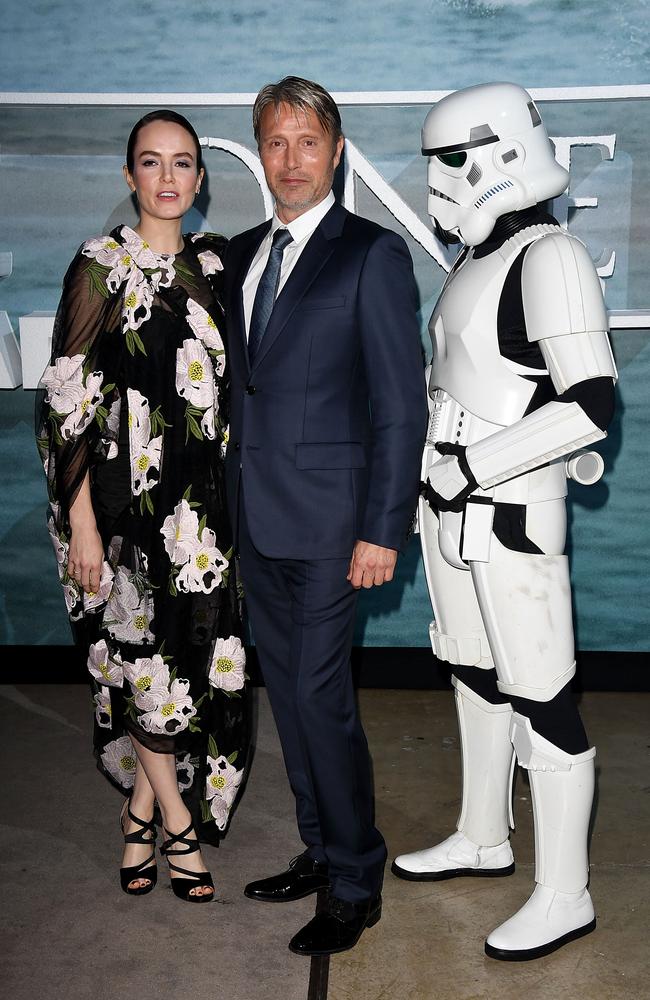
You’ve said comic book plus kung fu was all you needed to hear to sign on to play the villain Kaecilius in Marvel’s Doctor Strange. What hooked you on Rogue One?
Star Wars. I was not a fanboy right away like Ben was, and my brother was and everybody was. I don’t know why I didn’t watch the films — I watched them when I was 14, when the buzz was gone. But I watched them like, ‘Why wasn’t I there? This is fantastic!’ The conversation I had with Gareth (Edwards, director) — where he was pitching, that he wanted to make a gritty film and my character, which I liked — I don’t think he needed to say all that. He just needed to say, ‘Hello, do you want to make a Star Wars film?’ And I would have said yes.
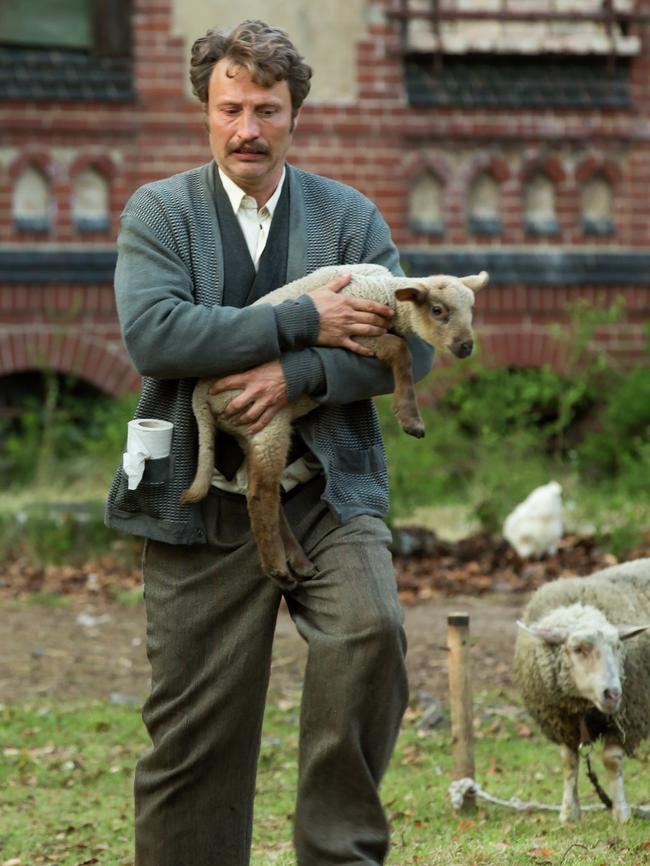
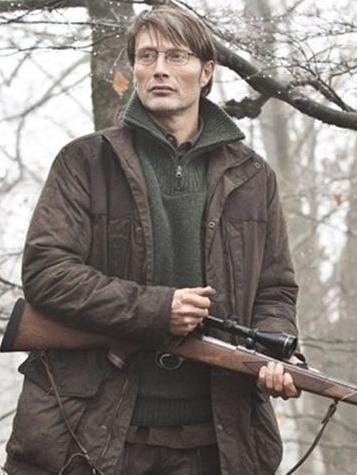
So out of all the Star Wars characters you would have said yes to, are you glad it turned out to be Galen — father of Jyn and inventor of the technology used to build the Death Star?
Yes, he’s right for me. Finally, an American film where I’m not a baddie! It’s a miracle!
RELATED: only male Rogue One merchandise produced
RELATED: Rogue One hits warp speed at Aussie box office
And of course, when they needed to find one of the most brilliant minds in the galaxy ...
They had to look to Denmark.
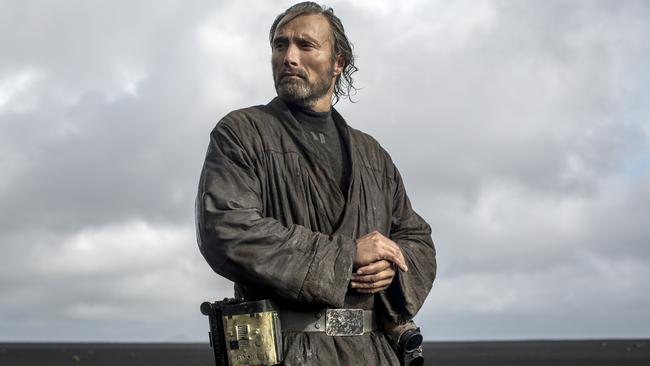
We should hate Galen for building the Death Star, but we feel empathy because he’s been forced into the job. Is that grey area a great place for an actor to play?
The grey area is a returning theme of the film. Times have changed since they made the first film — in that period of time, things were a little more black and white. It’s 2016 now and there are more dilemmas, it’s not all what it looks like ... It is interesting. I’ve always wondered, you know, scientists — there’s a crazy narcissism to being a scientist if you’re on to something that can crack the code, that can make the world a better place ... You are well aware that it can also do the opposite. But it doesn’t stop them because, either they lie to themselves or they’re naive or they believe, ‘Oh, nobody’s going to use it for that ...’ They know it, but they keep going, because they’re curious. That’s what they are first and foremost, as scientists. And Galen is one of those. But he does see the light, he does get cold feet and he does bail out. But they find him. And then he’s in trouble.
Galen tells Krennic: “You’re confusing peace with terror.” That line feels very relevant to the times we’re living in.
We are always making films based on the time of history we’re living in; there’s always a mirror there. I don’t think it’s direct — we did not know what was going to happen in the US election or what happened in England, that’s not why the film was made. But there’s definitely a reflection of the society we’re living in today. This is taking place in the past or the future, it’s not real, but it’s you and me — it has to be you and me up there; if not, we can’t really relate to it.
RELATED: The highest paid actor in Rogue One revealed
RELATED: Star Wars logo was ‘very fascist’ had Nazi links
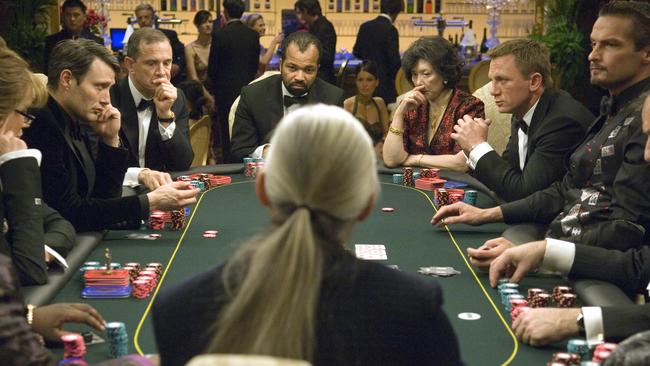
You visited Australia 10 years ago when your Danish film Pusher II screened at the Melbourne International Film Festival. That was just a few months before Casino Royale was released. Are you quite happy with the way your career opened up internationally after that?
Yeah, I can’t complain. I have to be honest with you, very early on I decided not to be ambitious on behalf of my career, but be very ambitious on whatever I did. This was a much better approach I feel, because if you’re chasing something out there, it’s a goal that you’ll probably never reach and everything to get there is stepping stones you don’t really care about. I’m trying to make the stepping stones the most important part. Right now, I’m very pleased — I do great stuff back home and great stuff over here. People see me with different eyes in different countries ... You can’t really ask for anything else as an actor.
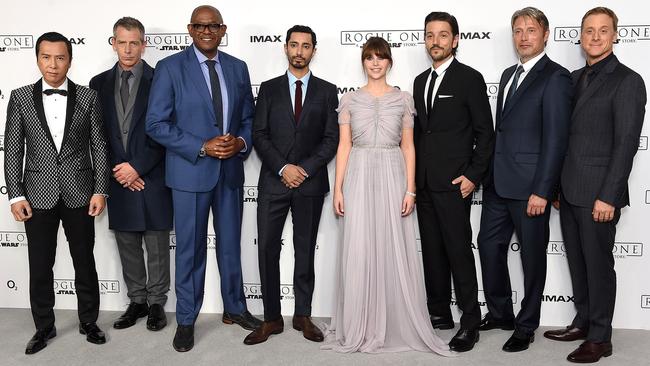
You’ve done some left-of-centre jobs recently — appearing in a Rihanna video and voicing a video game. What’s been the biggest ‘How did I end up here?’ moment of your career?
That’s gotta be before I became an actor, when I was a dancer. I did 10 days of 20 shows a day, 10-minute shows, dancing on photocopy machines in Germany. And $200 bucks for 10 days. What the f!@# was going on there? You don’t question it in the moment but now I go, well, that was something ...
If kung fu fighting in a movie was a lifelong dream, how did you feel finally seeing it come true in Doctor Strange?
I loved it. Making a film like that, there’s this whole spectrum of: What’s gonna happen with the city? What’s it gonna look like? And crossing our fingers that they won’t run out of money so they can still do it and we don’t look like idiots. I was fairly blown away when I watched it. It was 3D and for the first time in my life, there was a reason to have 3D. Doctor Strange as a comic book ... it was psychedelic. And I think they dragged us into that psychedelic world with the 3D thing. It was a great film.

Has your body got many action movies left in it?
The thing is, yeah, I can still do it, but we always forget that we’ve got to do it 50 times — that’s a lot of times. You don’t ask a top athlete to run 100m as fast as he can 20 times in a day, it doesn’t work that way. But we have to do it and we’re not top athletes. It’s crazy. But I’ll do it again, I loved it!
ROGUE ONE: A STAR WARS STORY IS NOW SHOWING


